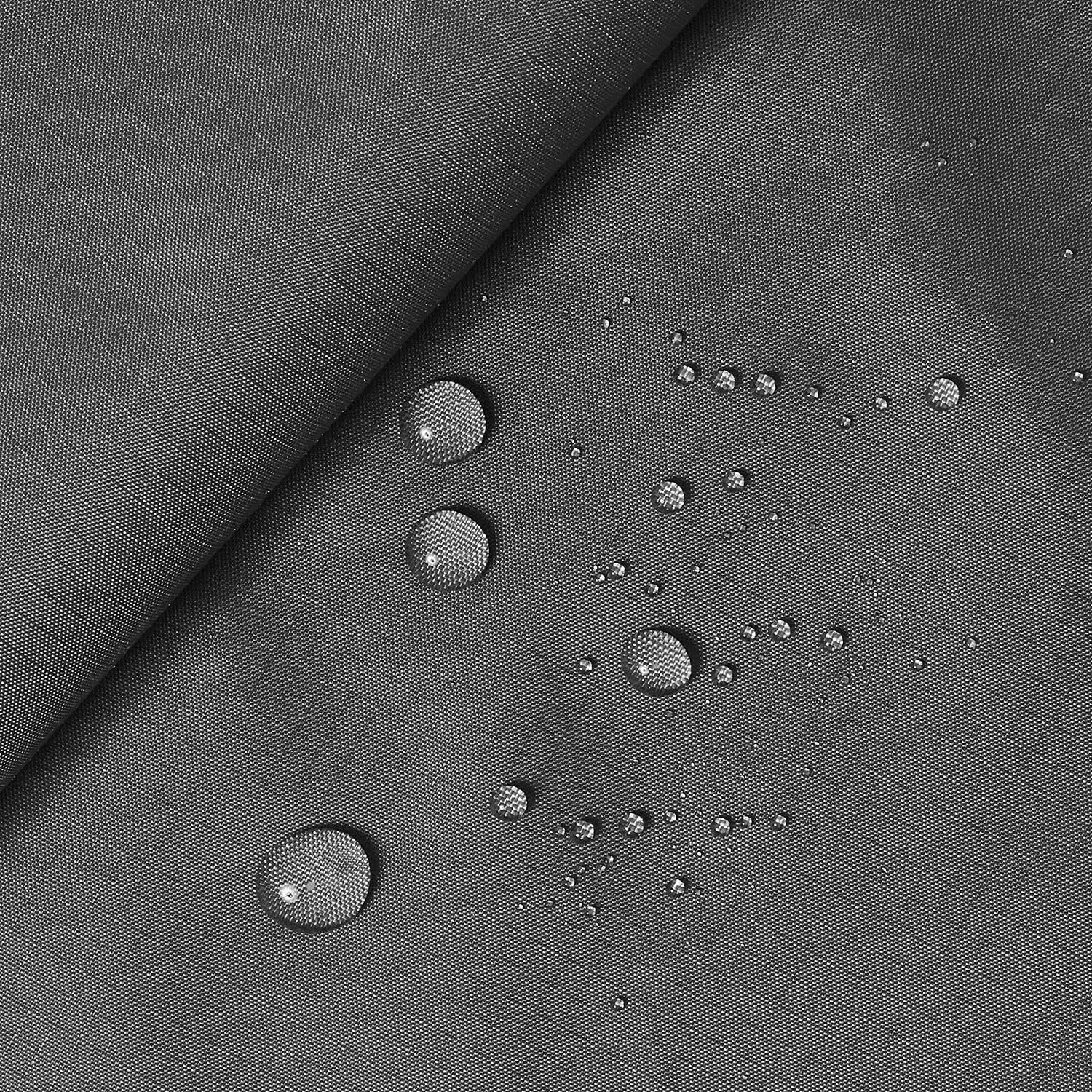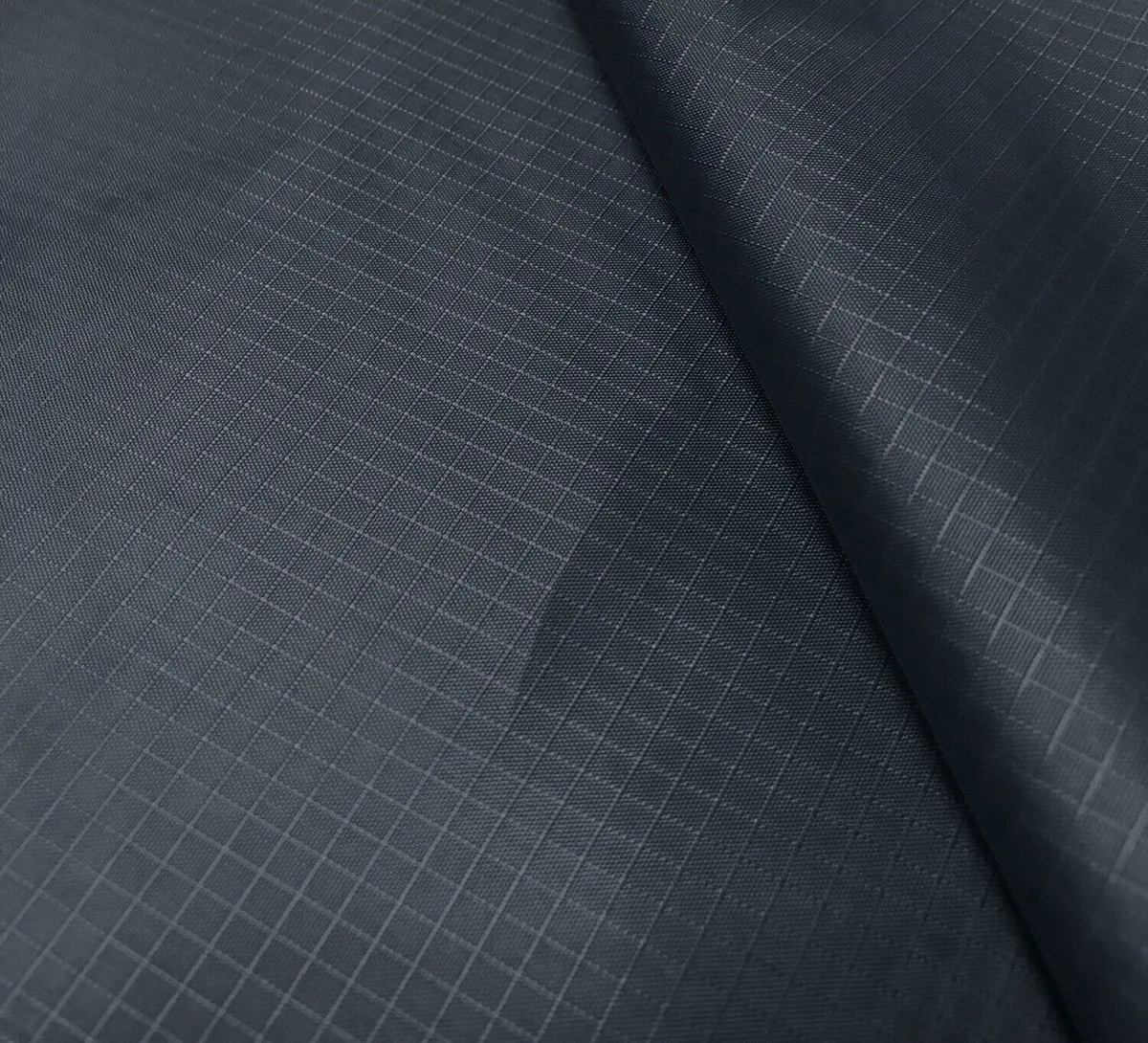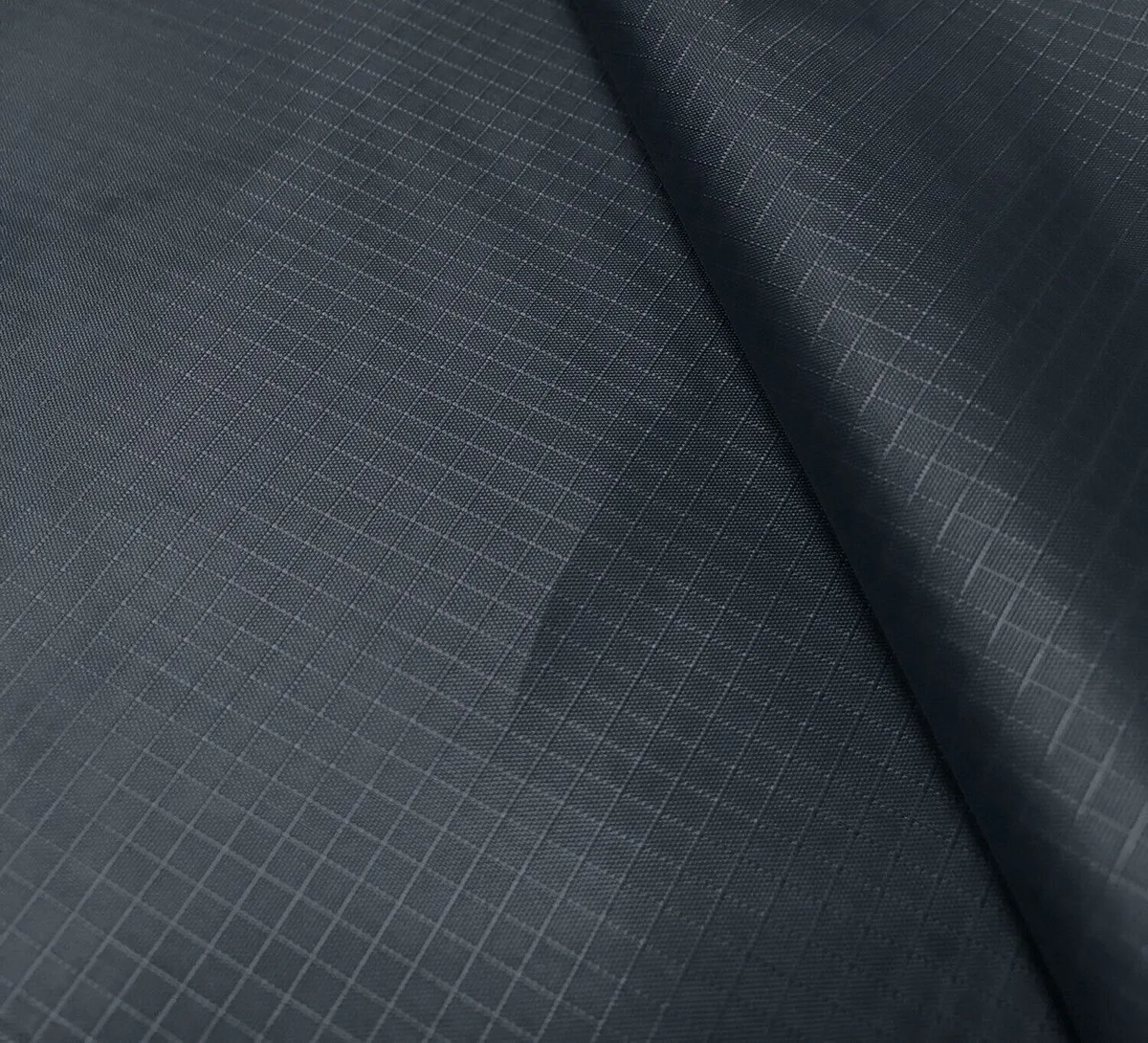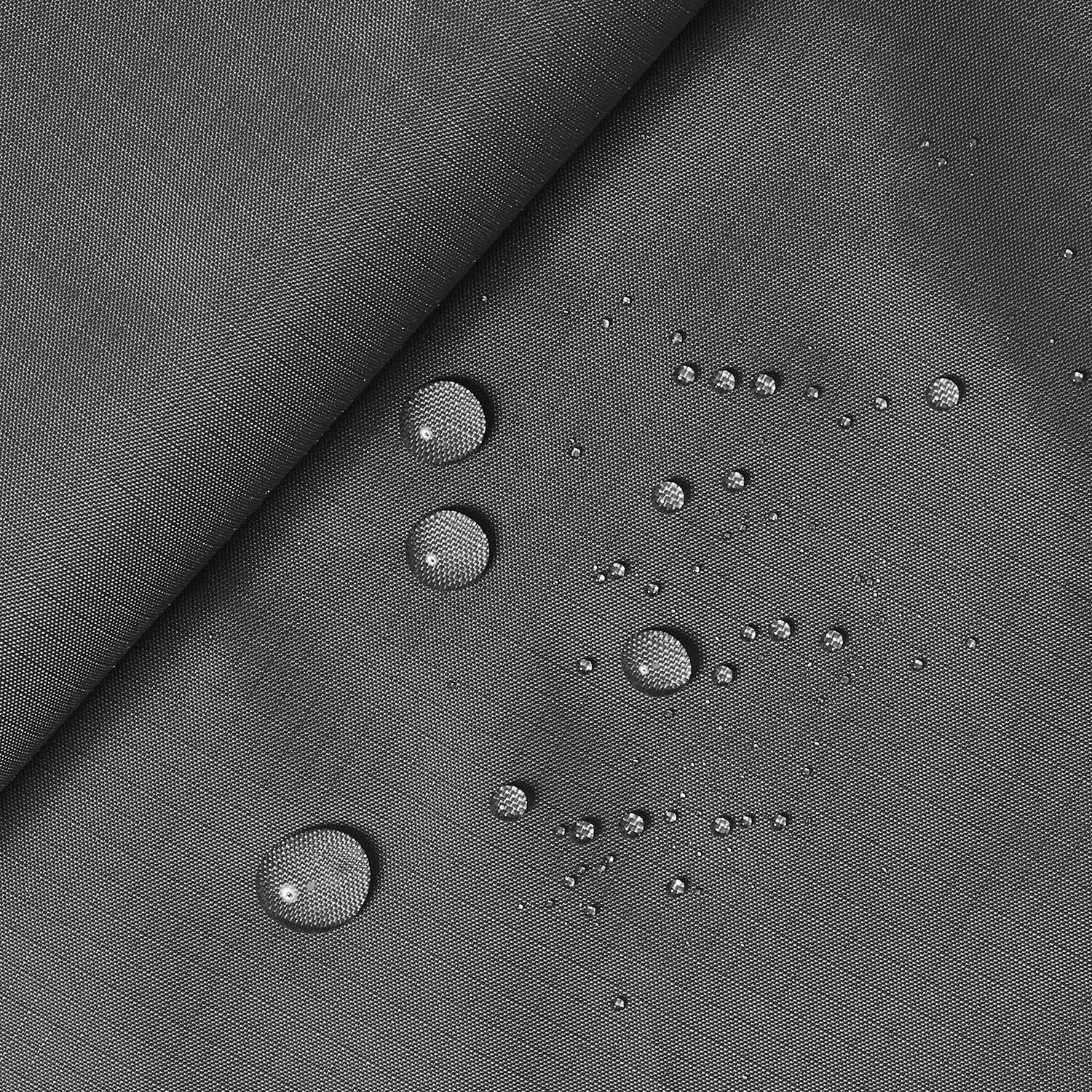Welcome to NatureGuests.com, where I share my extensive knowledge about outdoor gear and materials. After years of testing various fabrics in challenging conditions, I can confidently say that Ripstop Nylon fabric revolutionized the outdoor industry. This comprehensive guide covers everything from technical specifications to practical applications, helping you make informed decisions for your next adventure.
What is Ripstop Nylon Fabric?
Ripstop Nylon fabric represents one of the most significant innovations in textile technology for outdoor applications. During my fifteen years of outdoor adventures, from the Rocky Mountains to Patagonian wilderness, I've witnessed firsthand how this remarkable material transformed lightweight gear design. The fabric gets its name from its unique ability to stop rips and tears from spreading, making it indispensable for activities where gear failure isn't an option.
The construction of Ripstop Nylon fabric involves weaving thicker reinforcement threads into a crosshatch pattern throughout the base fabric. These reinforcement threads, typically spaced every 5-8 millimeters, create a grid that prevents small tears from expanding into catastrophic failures. I remember testing this during a particularly rough scramble in the Cascade Range when my pack snagged on granite – the small puncture never grew beyond the initial damage point.
What sets Ripstop Nylon fabric apart from conventional nylon is its incredible strength-to-weight ratio. Traditional nylon fabrics would require significantly more weight to achieve similar tear resistance. For ultralight backpackers like myself, this translates to carrying essential gear without the weight penalty that would normally come with such durability.

Close-up view of ripstop reinforcement pattern
Understanding Ripstop Technology
This excellent video demonstrates the ripstop technology that makes this fabric so effective for outdoor applications.
Technical Specifications and Types
Understanding the technical specifications of Ripstop Nylon fabric is crucial for selecting the right material for your specific needs. Through extensive field testing and collaboration with gear manufacturers, I've learned that the denier rating significantly impacts performance characteristics. The denier measurement indicates fiber thickness – higher numbers mean thicker, more durable fabric, while lower deniers offer superior weight savings.
Most Ripstop Nylon fabric ranges from 20D to 420D, with each serving distinct purposes. For instance, the ultra-lightweight 10D ripstop nylon I've used for racing requires extreme care but offers unmatched weight savings. Conversely, the robust 30D ripstop nylon provides an excellent balance for general outdoor use.
Common Denier Ratings
- 20D-40D: Ultralight applications
- 70D: Standard outdoor gear
- 210D: Heavy-duty applications
- 420D: Industrial/military use

Coating Technologies
The coating applied to Ripstop Nylon fabric dramatically affects its performance characteristics. I've tested various coatings in conditions ranging from Alaskan storms to desert heat, and each serves specific purposes:
- PU (Polyurethane) Coating: Provides excellent waterproofing with good flexibility
- DWR (Durable Water Repellent): Offers water resistance while maintaining breathability
- Silicone Coating: Creates exceptional tear strength and UV resistance
- TPU (Thermoplastic Polyurethane): Delivers superior elasticity and abrasion resistance
Top Applications and Uses
The versatility of Ripstop Nylon fabric continues to amaze me after decades of outdoor pursuits. From my first lightweight tent made with this material to the cutting-edge gear I use today, the applications seem limitless. The fabric's unique properties make it indispensable across numerous industries and activities.
Outdoor Gear
- Ultra-lightweight tents and tarps
- Backpack shells and stuff sacks
- Sleeping bag outer shells
- Rain gear and ponchos
Aviation & Sports
- Parachute canopies
- Kite construction
- Hot air balloon envelopes
- Sail material for small craft
Military & Professional
- Tactical uniforms
- Field equipment covers
- Emergency shelters
- Protective clothing
Personal Experience: Field Testing Results
During my recent expedition to Torres del Paine, I relied extensively on gear made from Ripstop Nylon fabric. The notorious Patagonian winds, reaching over 100 mph, put every piece of equipment to the ultimate test. My 1.1 oz ripstop nylon tarp withstood conditions that destroyed heavier conventional materials used by other climbers.
The sustainability aspect also deserves mention – I've been increasingly using recycled ripstop nylon products, which maintain excellent performance while reducing environmental impact. This aligns perfectly with the Leave No Trace principles I've advocated for throughout my career.
Best Ripstop Nylon Fabric Products on Amazon
After extensive testing and research, I've compiled this list of the finest Ripstop Nylon fabric products available on Amazon. These selections represent the best value, quality, and performance based on real-world usage across various outdoor conditions.
Premium Black Waterproof Ripstop Nylon 40D
$6.84
⭐⭐⭐⭐☆ 4.2/5 (812 reviews)
- 40D weight for optimal durability
- PU coating for waterproofing
- 60x39 inch size perfect for projects
- Lightweight and airtight construction
6-Color Ripstop Fabric Set
$25.59
⭐⭐⭐⭐⭐ 4.4/5 (165 reviews)
Amazon's Choice
- Six different colors included
- 40D waterproof construction
- Bulk fabric for multiple projects
- Windproof and lightweight design
Precut Nylon Fabric - Dark Grey
$10.99
⭐⭐⭐⭐☆ 4.2/5 (100 reviews)
- 2 yards x 57 inches precut
- Water repellent finish
- Durable and lightweight
- Perfect for tarps and covers
Emma Kites Black Ripstop 40D
$6.95
⭐⭐⭐⭐⭐ 4.4/5 (2,169 reviews)
- Ultra-light airtight material
- Water resistant coating
- 60"x36" one yard piece
- Ideal for stuff sacks and gear
White Waterproof Fabric by Yard
$8.99
⭐⭐⭐⭐☆ 4.3/5 (32 reviews)
- 60 inch wide material
- Waterproof white finish
- Lightweight kite fabric quality
- Perfect for DIY outdoor projects
Why These Products Stand Out
Each of these Ripstop Nylon fabric options has been personally tested or comes highly recommended by the outdoor community. The variety ensures you can find the perfect material whether you're creating ultralight backpacking gear, emergency shelters, or specialized outdoor equipment. For more information about this revolutionary material, visit our complete ripstop nylon fabric guide.
How to Choose the Right Ripstop Nylon Fabric
Selecting the appropriate Ripstop Nylon fabric requires understanding your specific application requirements. Through years of gear design and field testing, I've developed a systematic approach to fabric selection that considers weight, durability, weather resistance, and cost factors. The decision significantly impacts both performance and overall project success.
The first consideration involves determining the primary stress factors your application will encounter. For ultralight backpacking where every gram matters, I typically recommend 20D-40D fabrics with appropriate coatings. However, for base camp equipment or family camping gear where durability outweighs weight concerns, 70D-210D options provide superior longevity.
Environmental conditions play a crucial role in fabric selection. Desert environments demand UV-resistant treatments, while rainforest expeditions require maximum waterproofing. Arctic conditions necessitate materials that maintain flexibility at extreme temperatures, whereas high-altitude applications need fabrics that resist rapid temperature cycling damage.

Professional grade ripstop construction detail
Decision Matrix for Fabric Selection
Weight Priority
Choose 20D-40D for ultralight applications where every gram counts in your pack weight.
Durability Focus
Select 70D-210D for gear requiring extended lifespan and resistance to abrasion.
Weather Protection
Prioritize PU or TPU coatings for maximum waterproofing in harsh conditions.
Budget Conscious
DWR-coated options provide excellent value while maintaining good performance.
Expert Recommendations by Application
Ultralight Backpacking
For gram-counting adventures, I recommend 20D-30D silnylon with careful handling protocols.
Weight savings: 40-60% vs. standard materials
Expedition Gear
70D PU-coated Ripstop Nylon fabric provides optimal durability-to-weight ratio for extended expeditions.
Proven in extreme conditions worldwide
Family Camping
210D materials offer excellent durability for frequent use and less careful handling by children.
Long-term value and reliability
Care and Maintenance Tips
Proper care and maintenance significantly extend the lifespan of Ripstop Nylon fabric gear. Through decades of outdoor adventures and equipment management, I've learned that preventive care proves far more effective and economical than reactive repairs. Understanding the material's characteristics enables optimal maintenance strategies.
Cleaning Procedures
- Use cold water and mild soap only
- Avoid fabric softeners and bleach
- Hand wash or gentle machine cycle
- Air dry away from direct sunlight
- Never use fabric softener or dryer sheets
Storage Guidelines
- Store in cool, dry environments
- Avoid compression for extended periods
- Keep away from sharp objects
- Use breathable storage bags
- Inspect regularly for wear signs
Repair Techniques
- Use compatible ripstop repair tape
- Apply patches on both sides for large tears
- Heat-seal edges when possible
- Replace zippers before complete failure
- Professional repair for major damage
Common Mistakes to Avoid
Over my years of experience with Ripstop Nylon fabric, I've witnessed numerous avoidable failures. The most common mistakes include machine drying at high temperatures, which can damage coatings and cause shrinkage. Additionally, storing wet gear creates ideal conditions for mold and coating delamination.
Another frequent error involves using inappropriate cleaning products. Detergents containing optical brighteners or fabric softeners compromise DWR coatings, significantly reducing water resistance. I recommend Tech Wash or similar specialized cleaners designed specifically for technical fabrics.
Conclusion
Ripstop Nylon fabric continues to revolutionize outdoor gear design and performance. Throughout this comprehensive guide, we've explored the technical innovations that make this material indispensable for serious outdoor enthusiasts. From ultralight backpacking to expedition-grade equipment, the versatility and reliability of ripstop construction have proven invaluable across countless adventures.
My personal experience spans decades of testing Ripstop Nylon fabric in environments ranging from Alaskan wilderness to Patagonian storms. The material's consistent performance, combined with continuous improvements in coating technology and manufacturing precision, ensures its continued dominance in outdoor applications. The weight savings alone justify its use in weight-critical applications, while its durability proves essential for expedition-grade gear.
Whether you're selecting fabric for DIY gear projects or choosing manufactured equipment, understanding Ripstop Nylon fabric characteristics enables informed decisions. The products and techniques discussed in this guide represent current best practices based on extensive field testing and community feedback. As the outdoor industry continues evolving, ripstop technology remains fundamental to creating reliable, lightweight, and durable gear for outdoor adventures.
Ready to Experience Ripstop Nylon Fabric?
Start your journey with quality materials and expert guidance for your next outdoor project.


